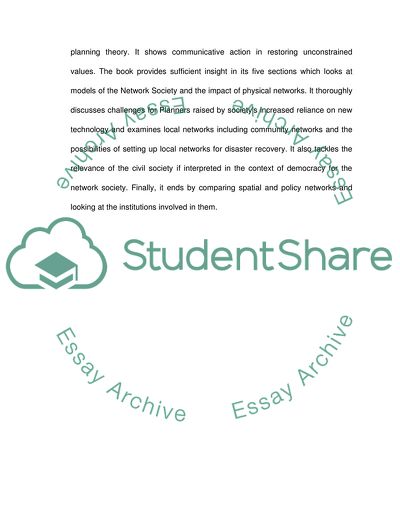Cite this document
(The Network Society Annotated Bibliography Example | Topics and Well Written Essays - 1750 words, n.d.)
The Network Society Annotated Bibliography Example | Topics and Well Written Essays - 1750 words. Retrieved from https://studentshare.org/social-science/1750774-urban-planning-theory
The Network Society Annotated Bibliography Example | Topics and Well Written Essays - 1750 words. Retrieved from https://studentshare.org/social-science/1750774-urban-planning-theory
(The Network Society Annotated Bibliography Example | Topics and Well Written Essays - 1750 Words)
The Network Society Annotated Bibliography Example | Topics and Well Written Essays - 1750 Words. https://studentshare.org/social-science/1750774-urban-planning-theory.
The Network Society Annotated Bibliography Example | Topics and Well Written Essays - 1750 Words. https://studentshare.org/social-science/1750774-urban-planning-theory.
“The Network Society Annotated Bibliography Example | Topics and Well Written Essays - 1750 Words”, n.d. https://studentshare.org/social-science/1750774-urban-planning-theory.


